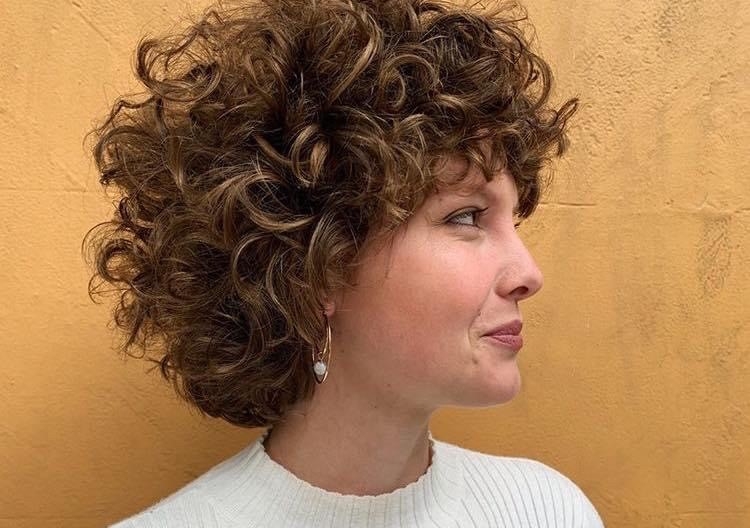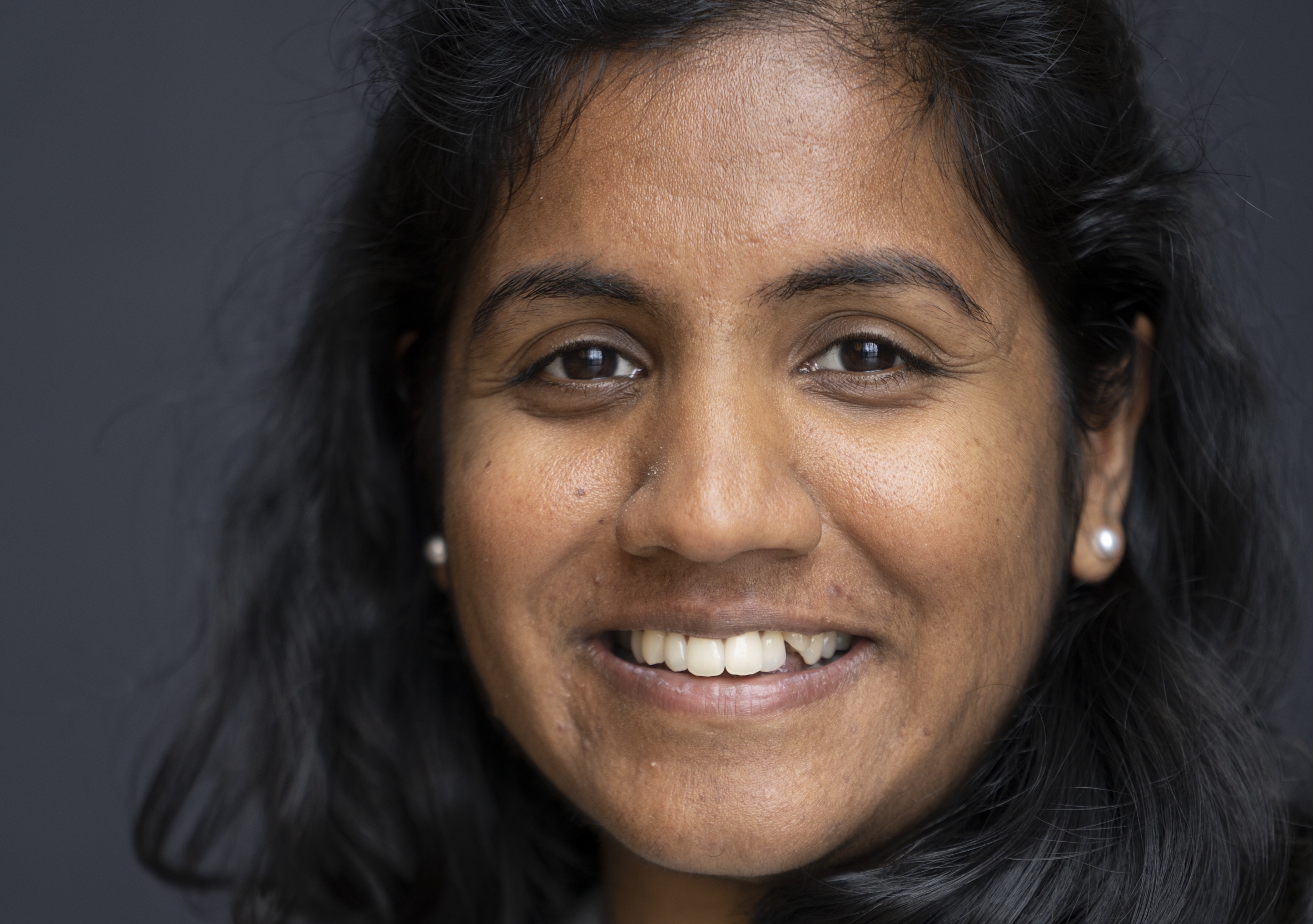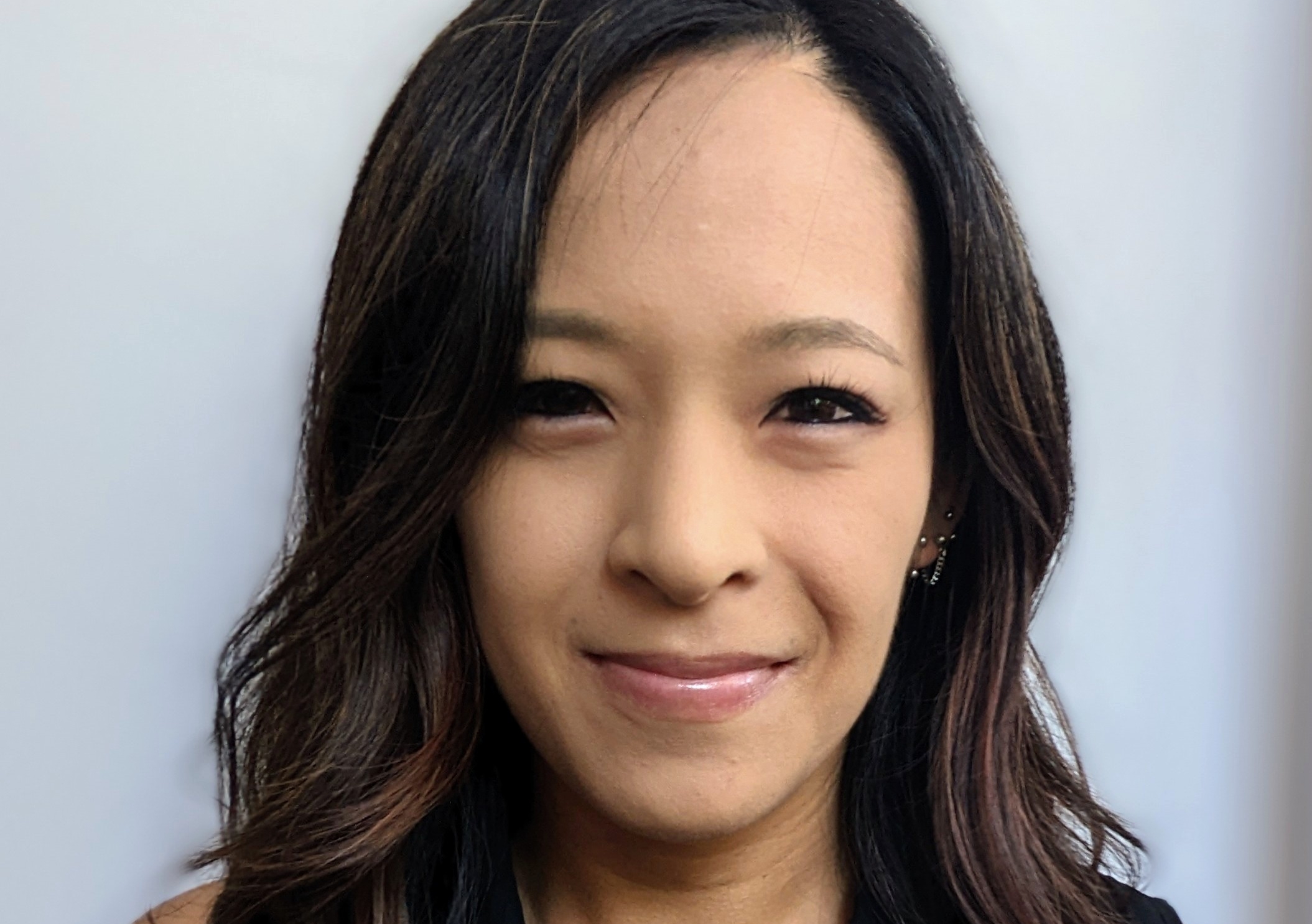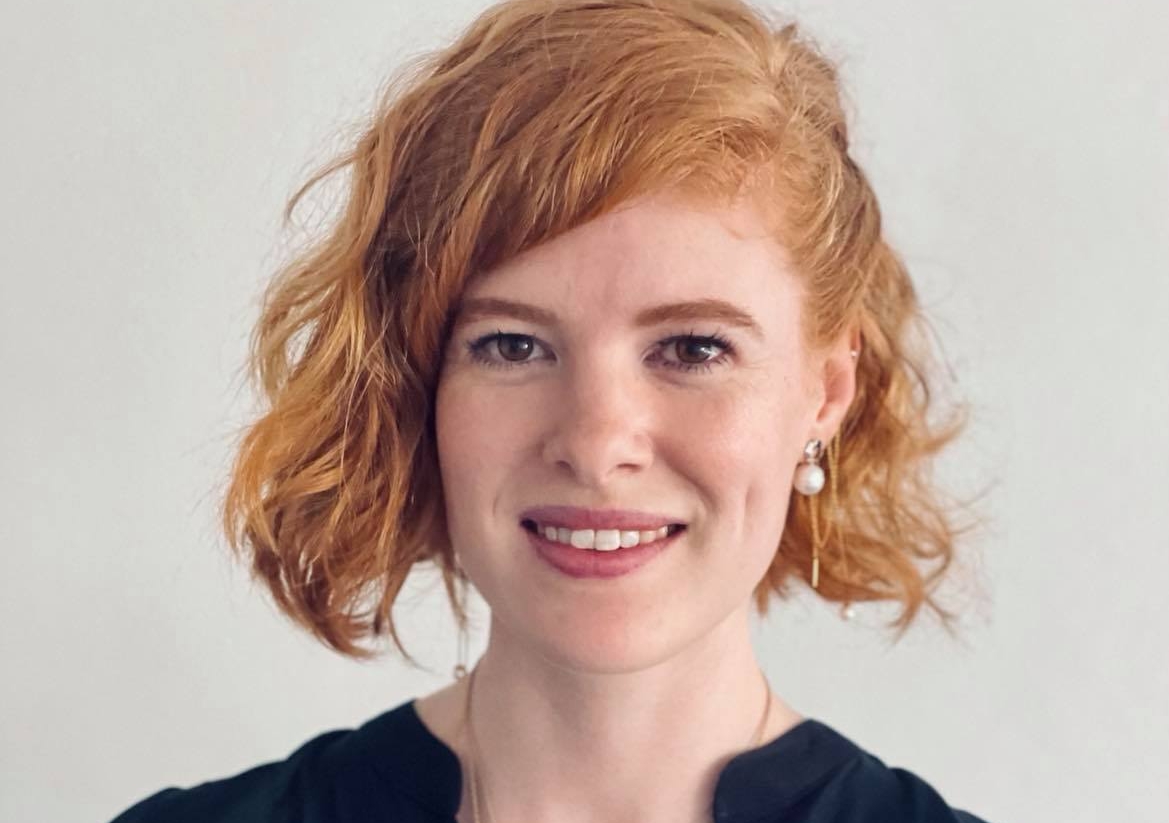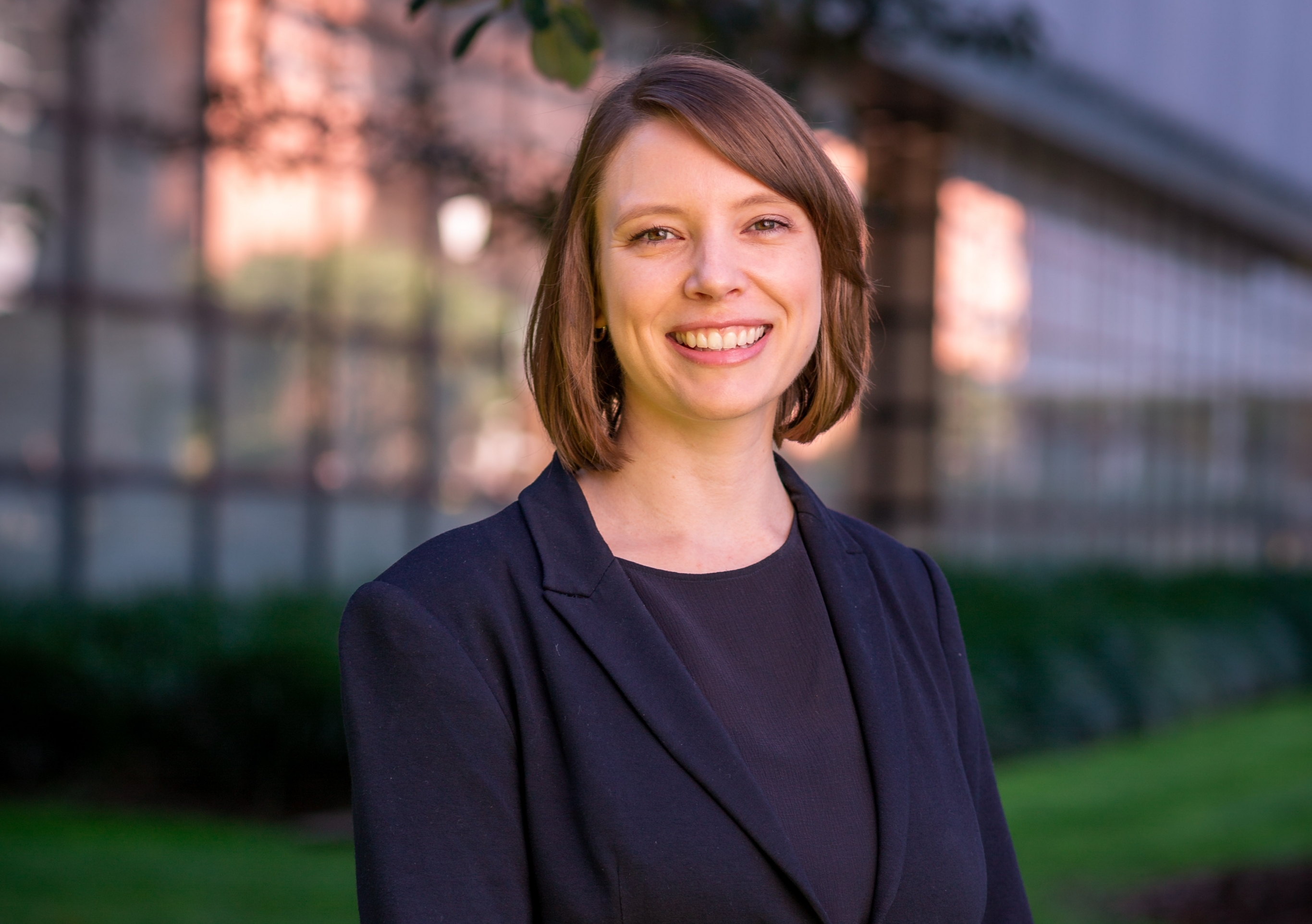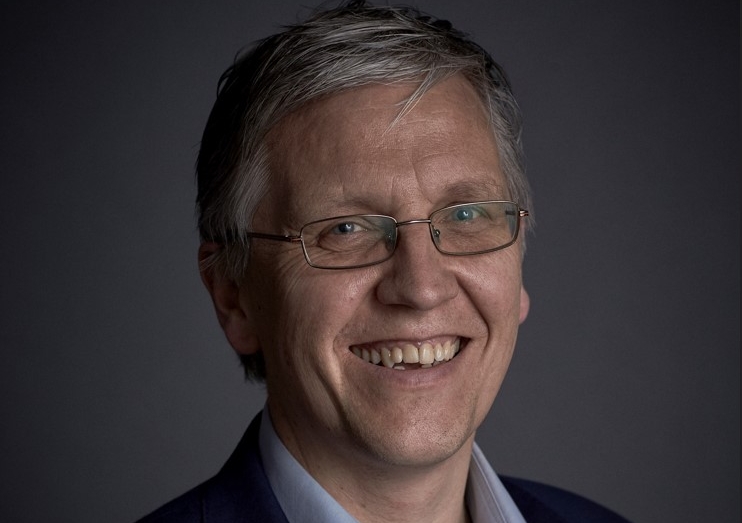We asked our scientists about the influential women in their lives
To celebrate International Women's Day 2022, we asked seven of our scientists from across UNSW Science to tell us about the influential women who've guided them throughout their careers. Here they are.


